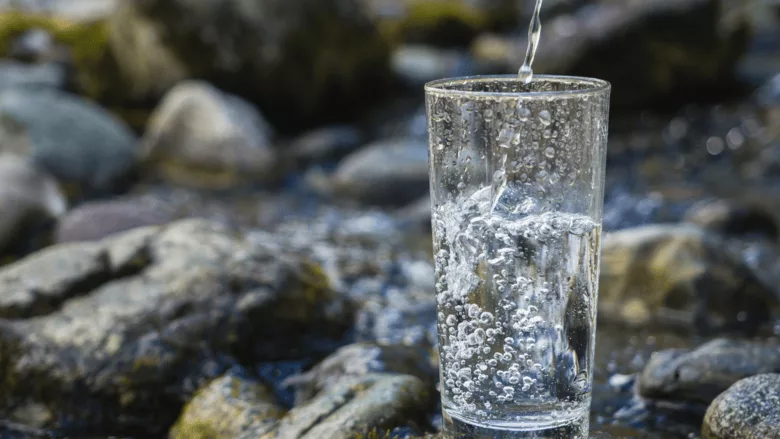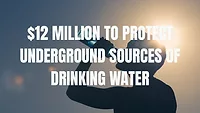EPA Rolls Back Portions of Biden-Era Drinking Water Regulations
The agency is also withdrawing its standard for mixtures of PFAS compounds.

Image via ArtTim from Getty Images
In a significant shift, the Environmental Protection Agency announced this morning a partial rollback of federal regulations aimed at limiting toxic "forever chemicals" in U.S. drinking water—rules that were introduced just last year under the Biden administration. The change marks a pivotal moment in the ongoing debate between public health protections and regulatory flexibility for utilities.
While the EPA will maintain strict limits for the two most common and hazardous perfluoroalkyl substances—PFOA and PFOS—it will now scrap and reconsider limits on three other types of PFAS chemicals, including GenX, which has been linked to contamination in North Carolina. The agency is also withdrawing its standard for mixtures of PFAS compounds.
These substances, scientifically known as per- and polyfluoroalkyl substances (PFAS), are nicknamed “forever chemicals” due to their extreme resistance to breaking down in nature or the human body. Research has increasingly linked PFAS to a host of serious health risks, including cancer, cardiovascular disease, and developmental issues in infants.
“We are on a path to uphold the agency’s nationwide standards to protect Americans from PFOA and PFOS in their water,” said EPA Administrator Lee Zeldin, noting that utilities will now have until 2031 to comply with those rules—two years more than originally planned. “At the same time, we will work to provide common-sense flexibility.”
The original regulations, introduced in 2024, were hailed by public health advocates as a long-overdue step toward safer water. But utilities pushed back hard, citing the financial burden of upgrading water treatment infrastructure. The new rules, estimated to cost $1.5 billion annually, sparked multiple lawsuits from utility associations, which claimed the EPA overstepped its legal authority—especially concerning newer PFAS chemicals and mixtures.
The rollback appears to address some of those legal concerns. Critics, however, argue the agency is retreating from its mandate.
“With a stroke of the pen, EPA is making a mockery of its promise to deliver clean water for Americans,” said Erik Olson of the Natural Resources Defense Council, who contends the move violates the Safe Drinking Water Act, which includes provisions that bar the weakening of existing protections.
The rollback may have limited practical impact for now. To date, only about 12% of U.S. water systems have reported PFAS levels exceeding the Biden-era limits—most of them involving PFOA or PFOS, which are still regulated. Still, the EPA’s shift is sure to trigger another round of legal and political battles.
Industry experts say the extension is a relief but not the full fix they hoped for. “This gives water pros more time to deal with the ones we know are bad,” said Mike McGill, president of WaterPIO. “But some utilities are just now realizing they’re over the limits—it’s already late.”
Environmental and industry groups are expected to mount legal challenges in both directions. Utilities are likely to press for higher limits, while environmental advocates will fight to restore the scrapped regulations.
Manufactured for decades by companies like 3M and Chemours, PFAS chemicals have been used in products ranging from waterproof clothing to firefighting foams. Their widespread use—and the scale of contamination—has only recently become fully understood, triggering major legal settlements and federal funding efforts, including $9 billion allocated through the Bipartisan Infrastructure Law.
As the EPA walks a tightrope between science, law, and logistics, one thing is clear: the battle over America’s drinking water safety is far from over.
Looking for a reprint of this article?
From high-res PDFs to custom plaques, order your copy today!






